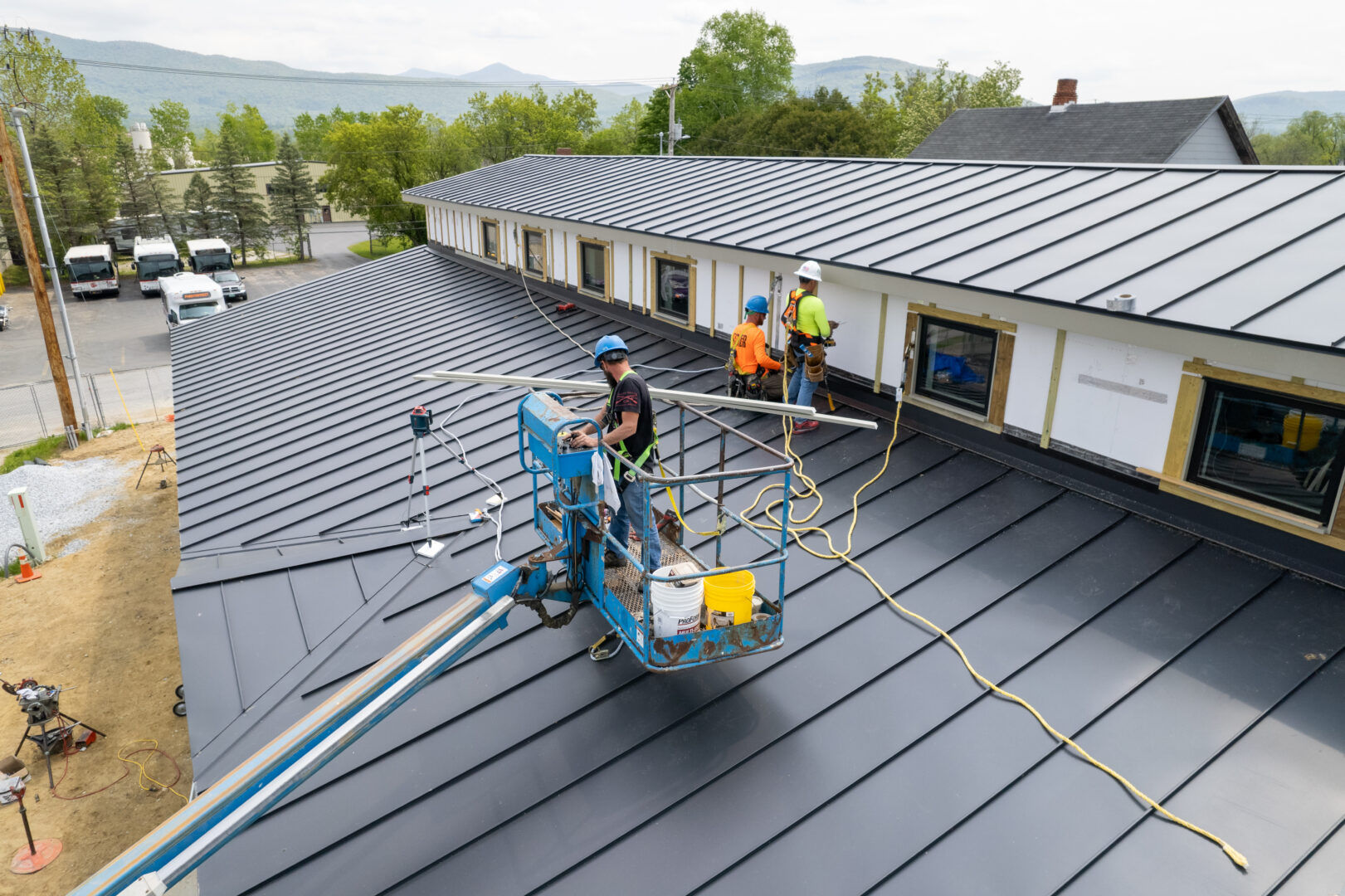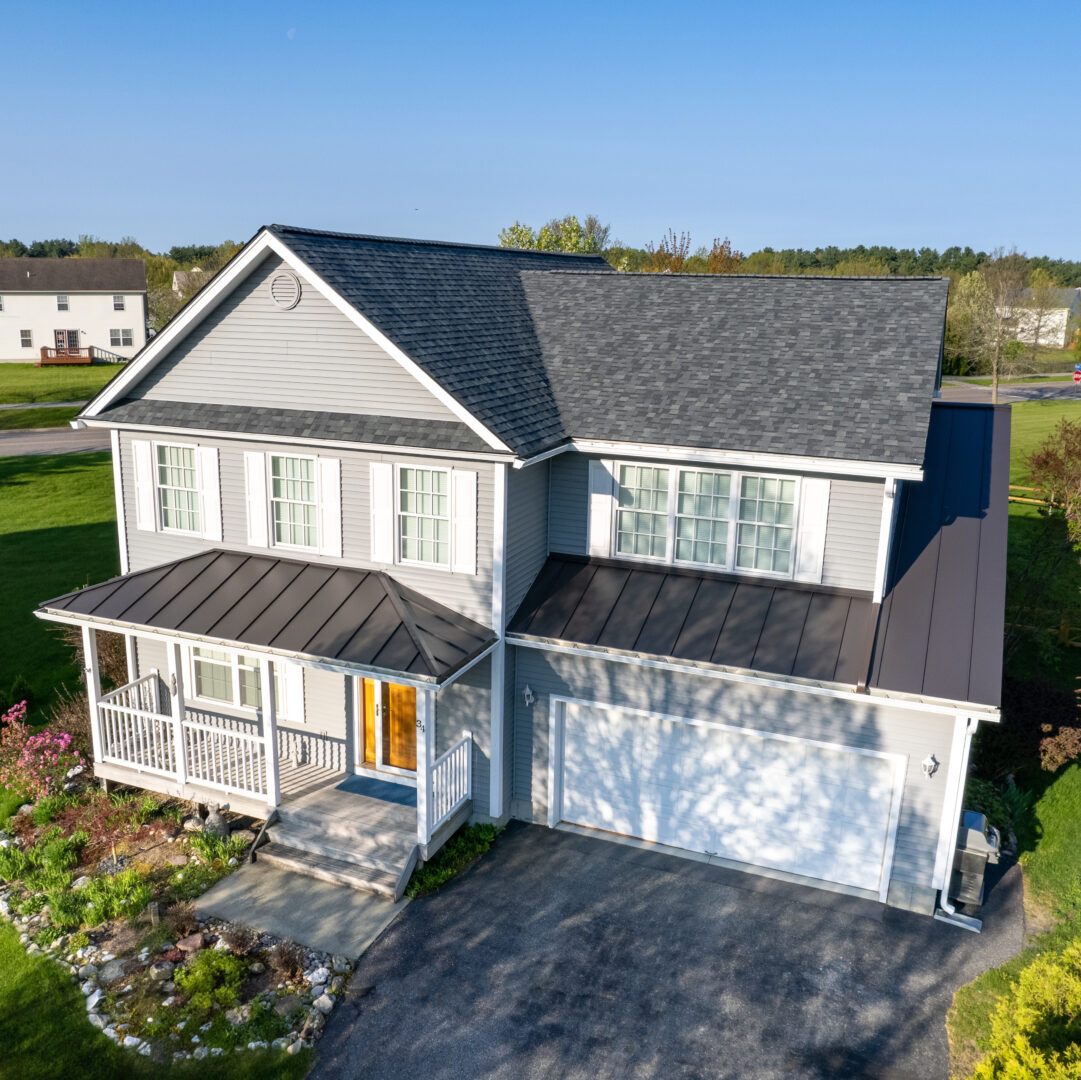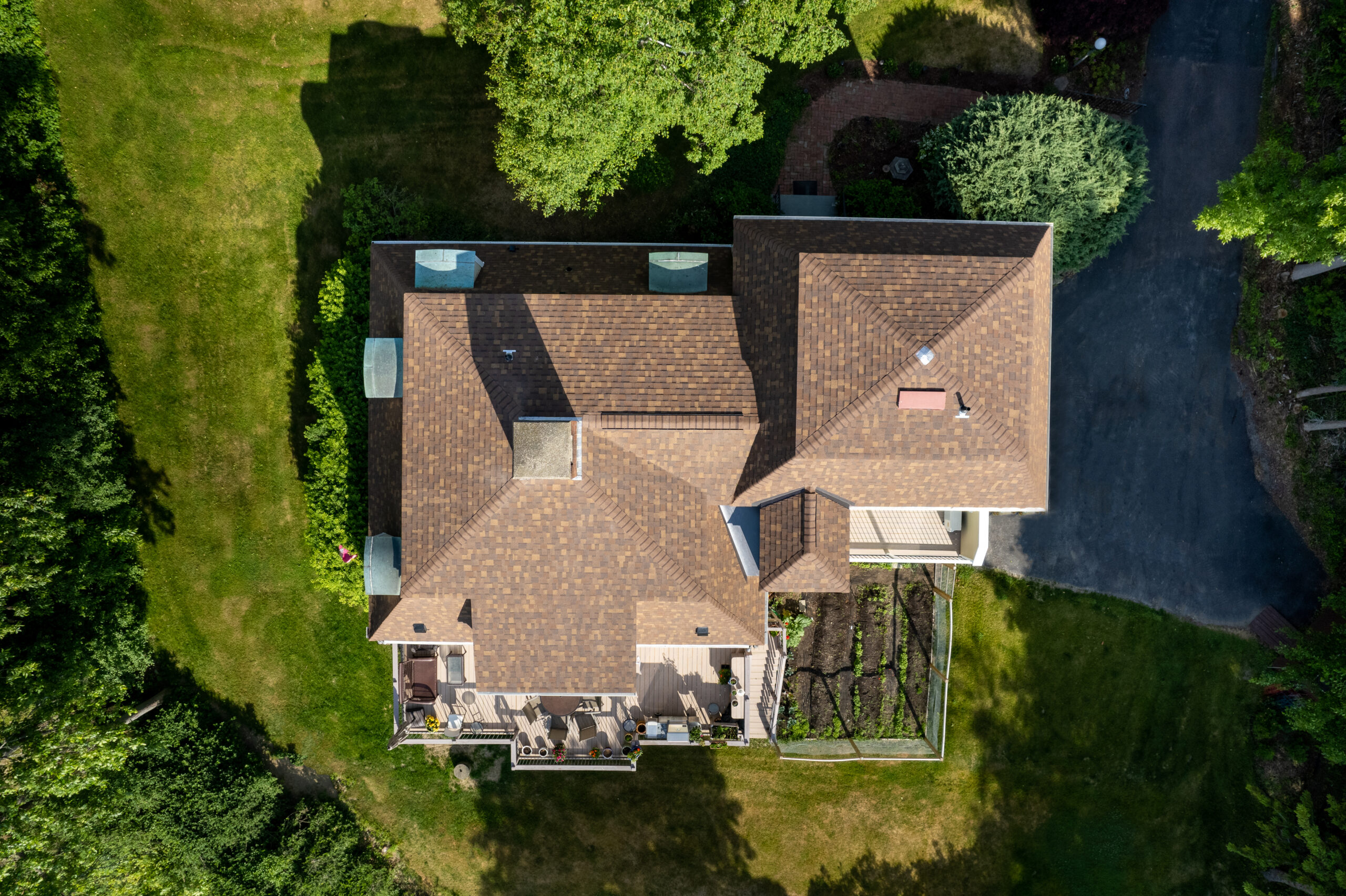When it comes to selecting the right roofing material for your home, one of the most important considerations is the cost. Homeowners commonly will debate metal roofs vs. shingle roofs. Each offers its own set of advantages and disadvantages, but understanding the difference in cost can be a crucial factor in making an informed decision. In this blog post, we will delve into the cost comparison of metal roofs vs. shingle roofs to help you determine which option suits your needs and budget.
Initial Cost

The initial cost of a roofing system can vary significantly depending on the type of material used. Shingle roofs, typically made from asphalt or fiberglass, are known for their affordability. They are widely available and come in a range of styles and colors, making them a popular choice for homeowners on a budget. On average, shingle roofs cost less to install compared to metal roofs, primarily due to the lower material and labor costs involved.
Metal roofs, on the other hand, tend to have a higher initial cost. Metal roofing materials such as steel, aluminum, or copper can be more expensive than shingles. Additionally, the installation process for metal roofs often requires specialized skills and equipment, which can contribute to higher labor costs. However, it is important to note that the longevity and durability of metal roofs can offset the higher upfront investment over time.
Lifespan and Durability
One of the key advantages of metal roofs is their exceptional durability and longevity. While shingle roofs typically have a lifespan of around 20-25 years, metal roofs can easily last for 50 years or more with proper maintenance. This extended lifespan can result in long-term cost savings, as metal roofs generally require fewer repairs and replacements.
Shingle roofs are more susceptible to damage from extreme weather conditions, such as high winds or hailstorms. They may develop issues like missing or broken shingles, which necessitate regular maintenance and repair expenses. Metal roofs, on the other hand, are highly resistant to such damage and can withstand harsh weather conditions, reducing the need for costly repairs.
Maintenance and Energy Efficiency
In terms of maintenance, shingle roofs may require periodic inspections, repairs, and replacement of damaged or missing shingles. Regular cleaning to remove debris and moss is also recommended. These maintenance activities can add up over time and impact the overall cost of owning a shingle roof.
Metal roofs, however, are relatively low-maintenance. They do not rot, crack, or warp like shingles and are less prone to pest infestation. Additionally, metal roofs shed rain and snow more efficiently, reducing the risk of leaks or ice dams. While occasional inspections and basic maintenance are still recommended, the overall cost of maintaining a metal roof tends to be lower.

Furthermore, metal roofs offer better energy efficiency compared to shingle roofs. They reflect more sunlight, reducing heat absorption and potentially lowering cooling costs during hot summers. This energy-saving aspect can result in long-term financial benefits, making metal roofs a more cost-effective option in the long run.
Choosing the Right Roofing Material
The decision on metal roofs vs. shingle roofs involves weighing various factors, including upfront costs, longevity, durability, maintenance, and energy efficiency. While shingle roofs are initially more affordable, they may require more frequent repairs and replacements, leading to higher long-term costs. On the other hand, metal roofs come with a higher upfront investment but offer greater durability, longevity, and energy efficiency, potentially resulting in cost savings over their extended lifespan.
Ultimately, the decision of metal roofs vs. shingle roofs depends on your budget, priorities, and long-term goals. Consulting with a roofing professional can provide valuable insights specific to your home and location. By considering the cost factors along with other important aspects, you can make an informed choice that suits your needs and ensures a roof that stands the test of time.
